October 10, 2022 | 22:11 (GMT+7)
Hanoi Flag Tower stands proud after 200 years
PANO - Built at the beginning of the 19th century under the reign of King Gia Long of the Nguyen Dynasty, the 200-year Hanoi Flag Tower on Dien Bien Phu Street, Ba Dinh district, Hanoi has become a sacred symbol of Vietnam’s independence.
    |
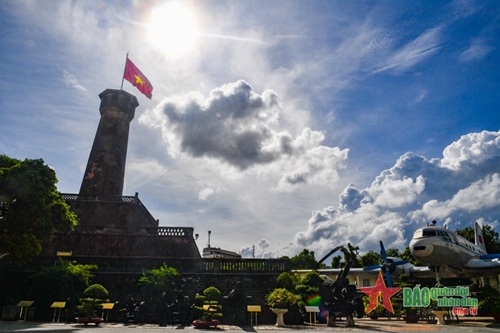 |
|
Situated in the complex of the Vietnam Military History Museum, the Hanoi Flag Tower was built in 1805 and completed in 1812 during the reign of King Gia Long of the Nguyen Dynasty. It is among a few projects that survived both the wars against French colonialists and U.S. imperialists. |
    |
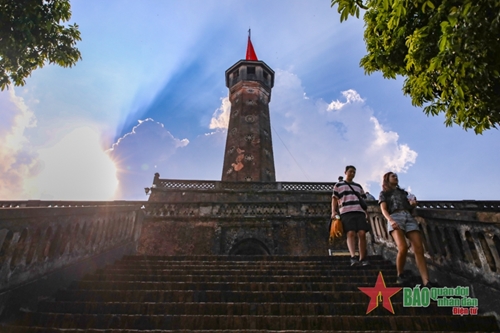 |
|
The flag tower has a perimeter of 180m and length of over 33m, excluding the steel flag pole. |
    |
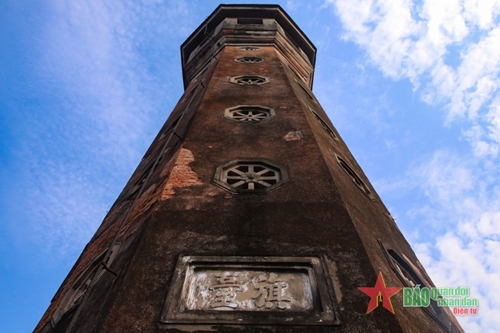 |
|
The flag tower comprises a basement, a body, and a place for lookouts on top. The basement has three tiers. The body is decorated with engraved patterns, while the watch tower gazebo has eight windows overlooking Hanoi in different directions. There are a total of 105 stair-steps from bottom to top. |
    |
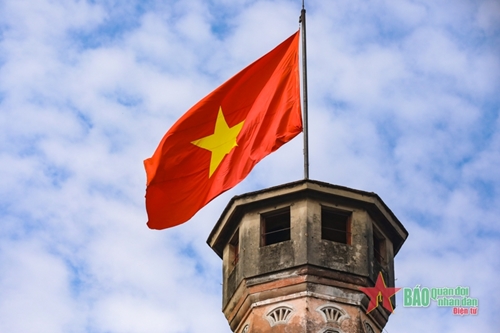 |
|
At the top of the flag tower stands a 0.4m diameter round pillar to plant the national flag. Under the Nguyen Dynasty, during the lunar New Year Festival, the golden flag of the emperor would often fly at the top of the tower. It was also the place where the king observed soldiers’ parades and their training. |
    |
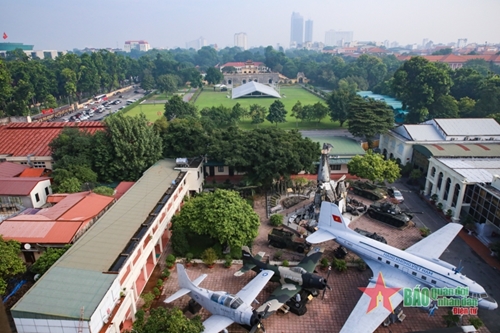 |
|
At the top of the tower, visitors can observe Hanoi’s beautiful landscape including Doan Mon gate, Sword Lake, Ba Dinh Square, Ho Chi Minh Mausoleum and Museum, among others. |
    |
 |
|
The stairs leading to the body of the tower have iron handrails. |
    |
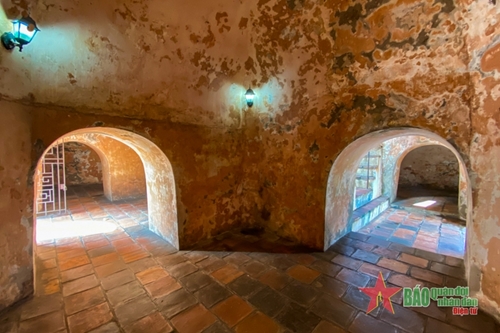 |
|
There are windows for visitors to observe the capital city from different directions. |
    |
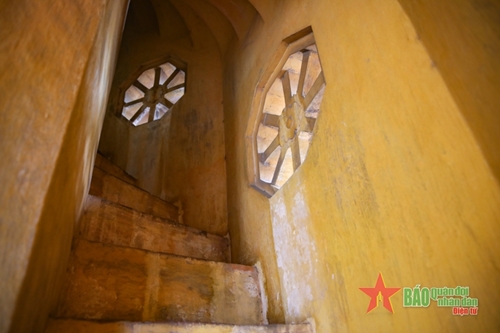 |
|
The flagpole body has a 54-step spiral staircase to the top. Along the spiral staircase leading to the flagpole, there are openings for light and ventilation. There are a total of 39 flower-shaped and six fan-shaped holes. |
    |
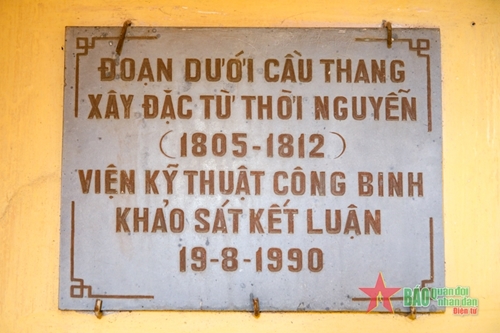 |
|
The signboard reads that the flagpole was built in the Nguyen Dynasty. |
    |
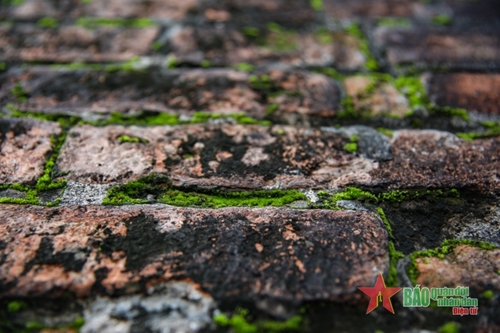 |
|
From 1954 when the capital city was liberated, the national flag on the tower regularly flies. |
    |
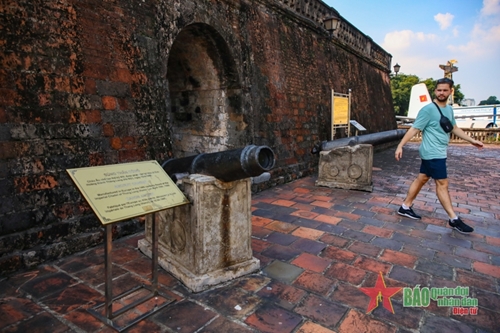 |
|
On the occasion of the 10th anniversary of the Dien Bien Phu Victory, Hanoi solemnly held a ceremony at 5:30 p.m. on May 7, 1964 to attach a signboard and rename Cot Co Street Dien Bien Phu Street. On January 20, 1989, the Ministry of Culture and Information issued a decision to recognize the flag tower as the national historical and cultural relic. |
    |
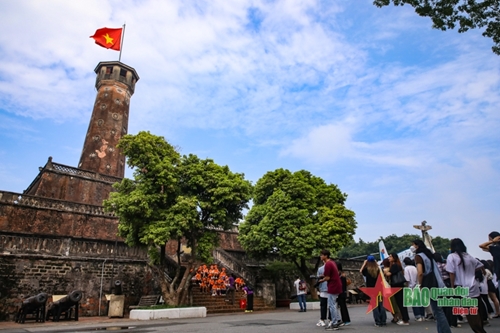 |
|
The Hanoi Flag Tower is among a few projects that remain intact after two resistance wars. The flagpole still stands proud after 200 years, symbolizing Vietnam’s independence and self-reliance. |
    |
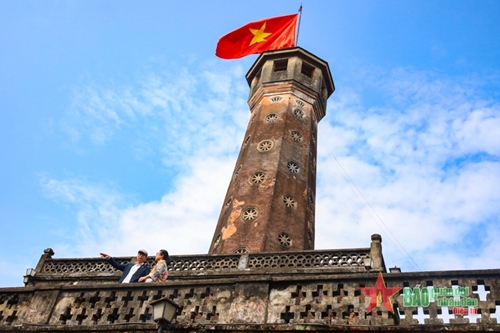 |
|
At present, the Hanoi Flag Tower is a favorite tourist destination in Hanoi. On the occasion of the lunar New Year, National Reunification, International Labor Day, or National Day holidays, tiourists flock to the Vietnam Museum of Military History to see the tower. |
Translated by Tran Hoai